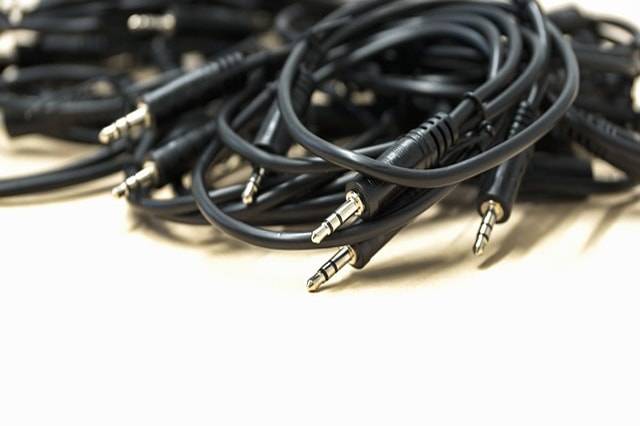With all the devices that have taken over our home, it’s difficult to keep track of which cable goes to which device. You end up with dozens of old cables lying around, and you don’t even know if any of them are necessary. What should you do? Throw them out, or hold on to them for future use?
If you’re not sure how to start untangling that mysteriously growing ball of old cables, we can help. Let’s begin by getting ourselves acquainted with these cables you need to keep for any electronic emergencies:
Old Cables Worth Keeping
Micro-USB Cable
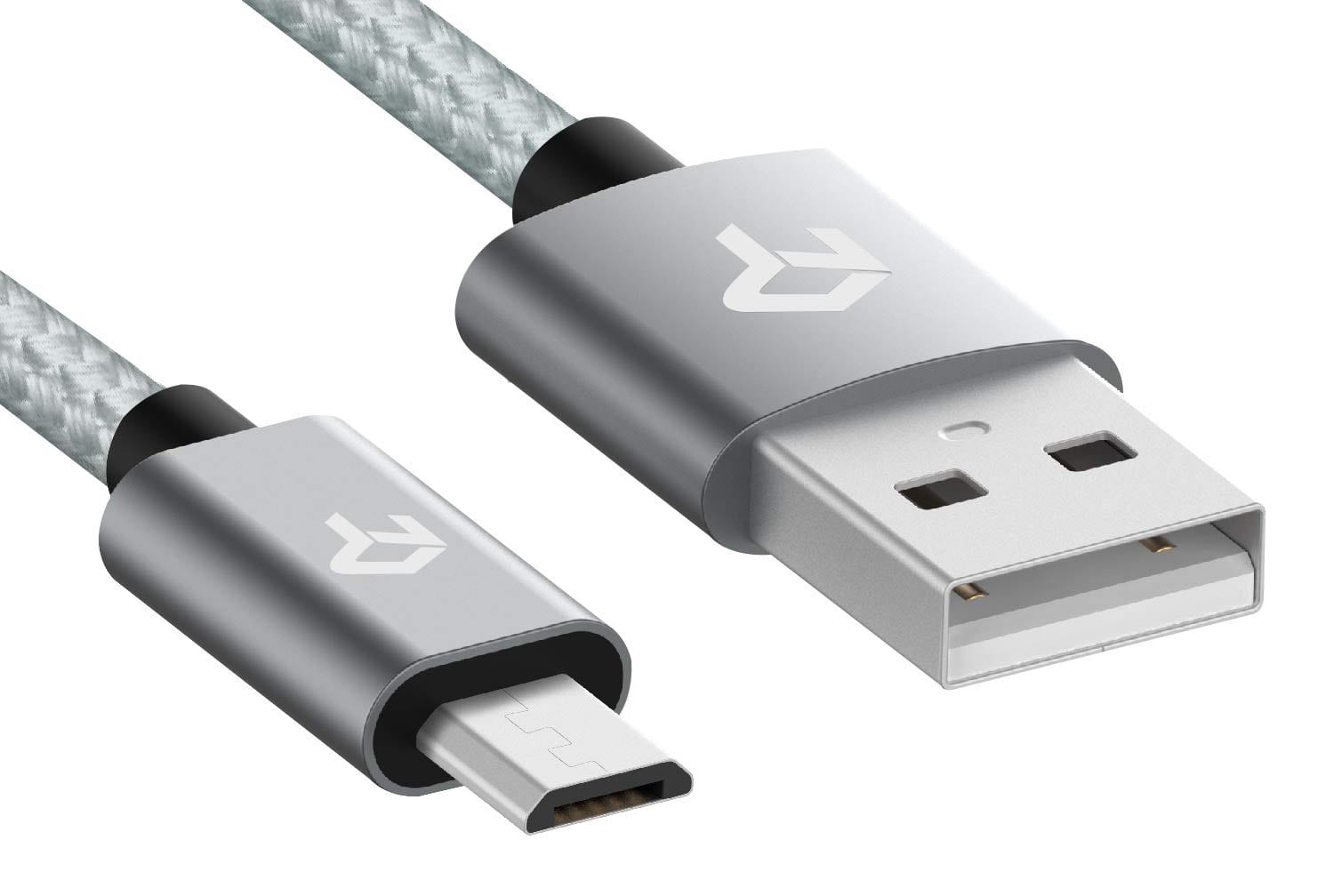
Everything from smartphones to tablet chargers uses this connector. It’s even used for supplying power to streaming media devices as well as smart gadgets like the Amazon Echo Dot. We simply can’t deny that the Micro-USB connection is still as popular as ever, so they’re definitely worth keeping.
DisplayPort Cable
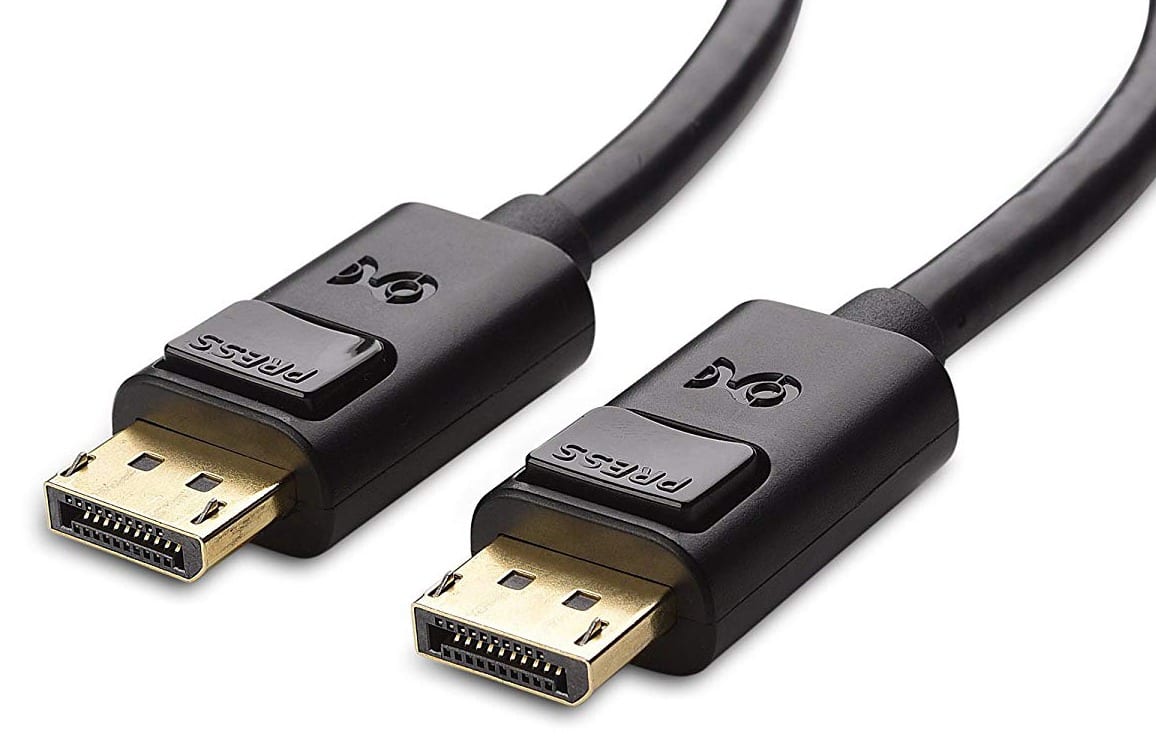
Business laptops, older televisions, and several computer monitors still use the standard DisplayPort. Although not as common as HDMI cables, they’re still used in typical A/V systems so it may be too soon to toss them. Not only does this cable support multiple video streams, the newer ones also support 8K monitors. It’s interesting to note, though, that many of the latest notebooks have made the switch to Mini DisplayPort cables.
Thunderbolt and Mini DisplayPort Cable
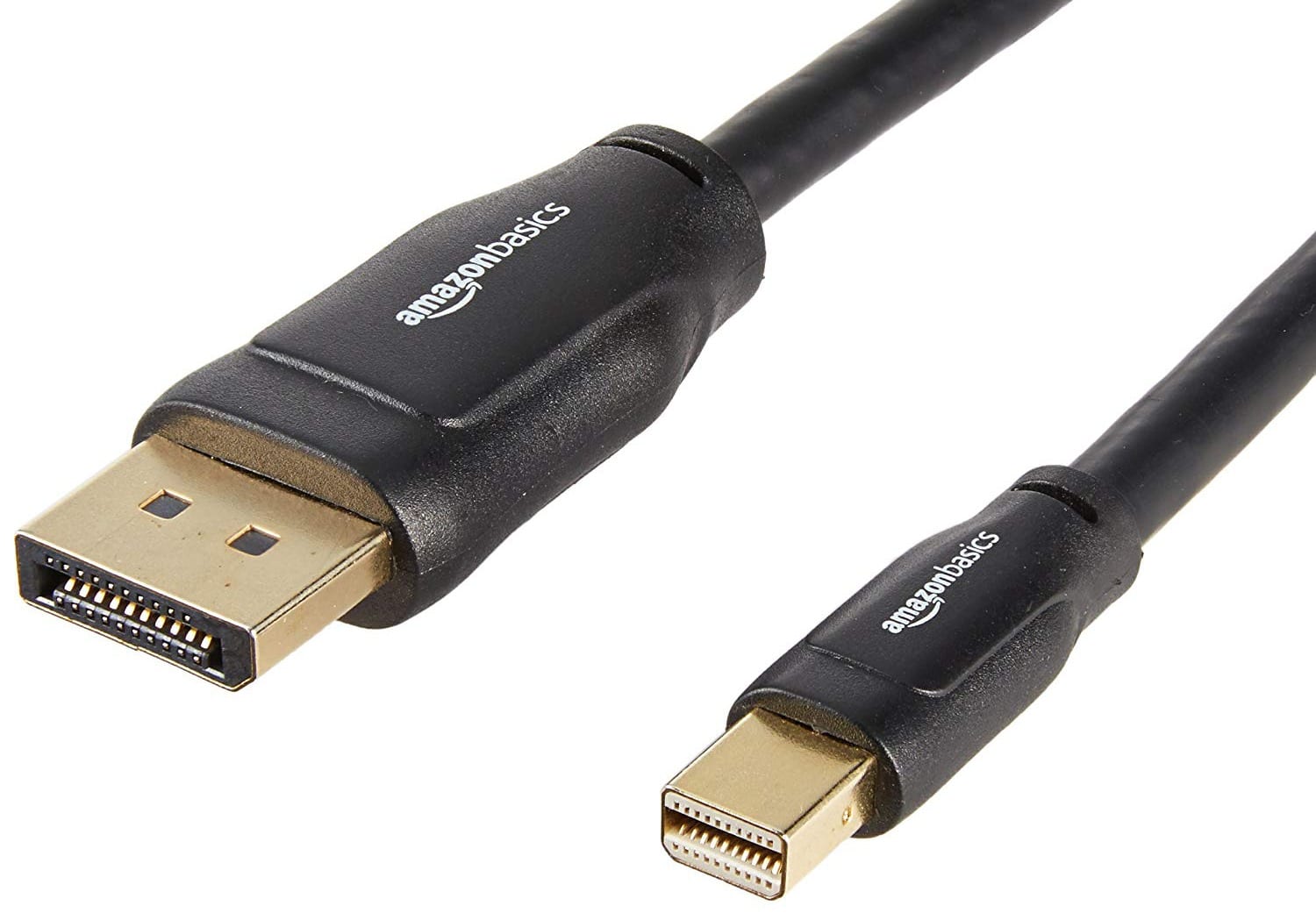
It’s easy to confuse Thunderbolt for a Mini DisplayPort so to identify one from the other, know more about these identical connectors. Either way, having one or both probably means that you had to connect a number of Apple devices together. If you have Thunderbolt 1 and 2 adapters, it may be too soon to get rid of them. They’ll continue to work with existing and upcoming Apple devices. On the other hand, Mini DisplayPort cables and adapters readily plug into Thunderbolt 1 and 2 ports so you can keep them, too. But take caution: Mini DisplayPorts aren’t compatible with the newer Apple products.
Mini-USB Cable
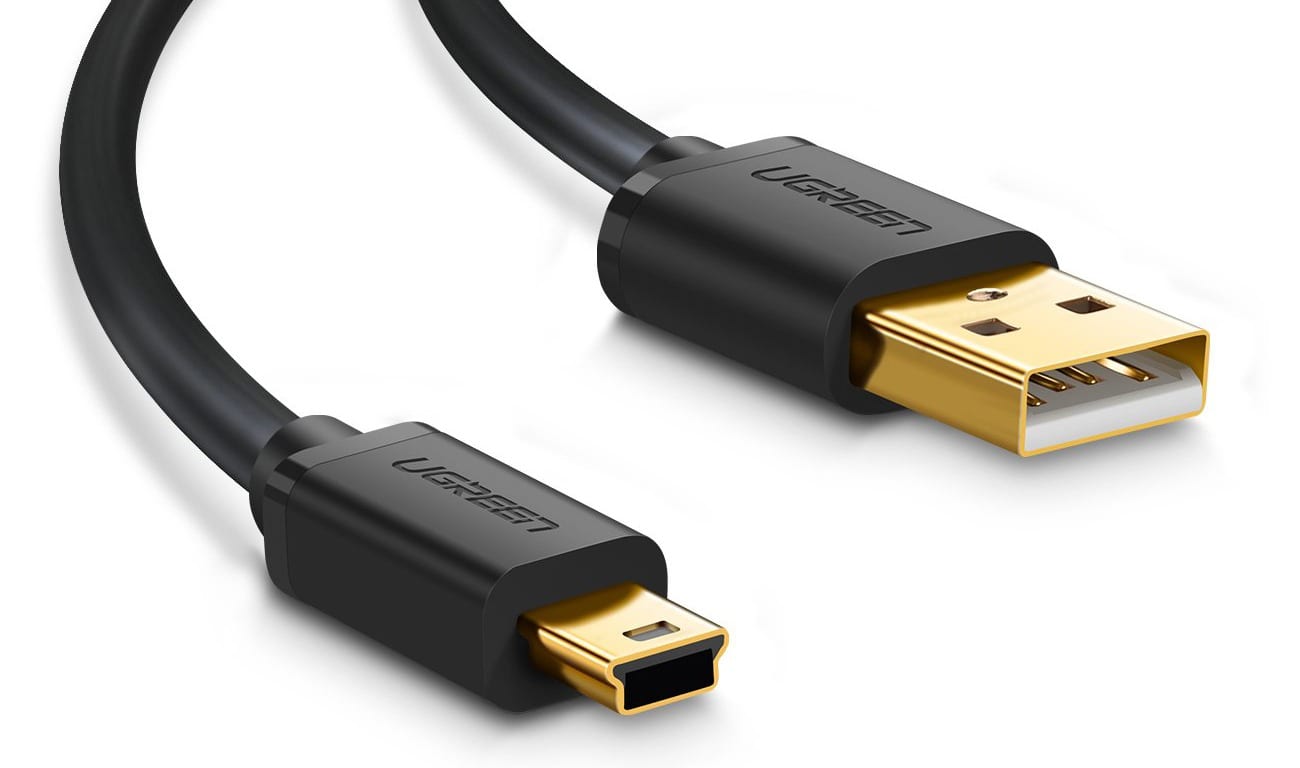
Take a good look around and we’re sure you’ll see cameras, hard drives, and microphones that charge using a Mini-USB. Frankly, though, it won’t be long before it becomes obsolete as it’s almost completely replaced by Micro-USB connectors. Still, you’d be wise to keep a few in handy. They’ll be very useful when you plan to use a burner phone during your international travels. Plus, we’re quite sure you still have a few old devices that need this cable to charge.
3.5mm Auxiliary Cable
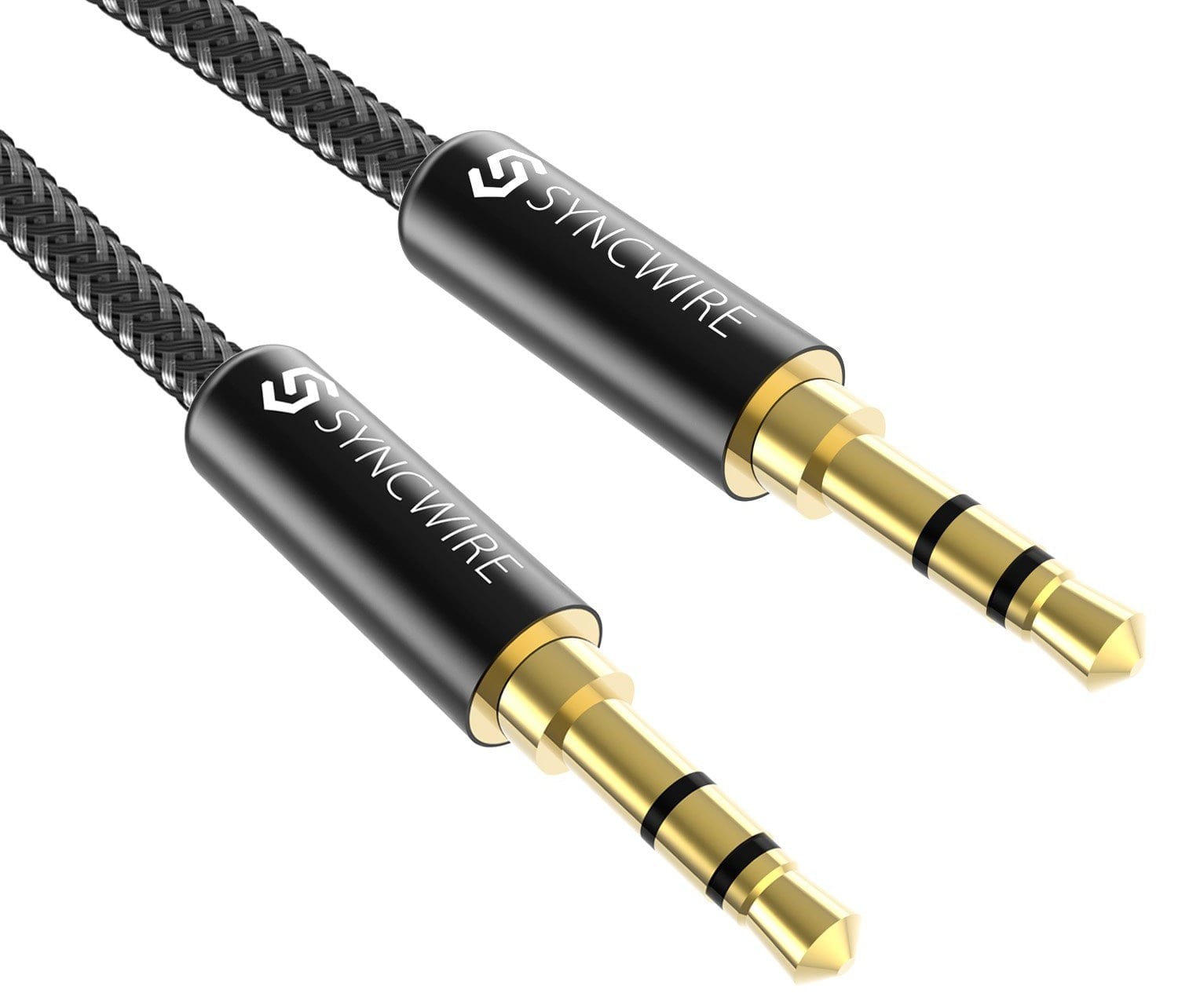
Arguably, this type of connection is among the most ubiquitous today. Any audio-enabled device you have uses an aux cable. Think about computers, car stereos, smartphones, home theaters, tablets, TVs, monitors, and even armrests on airline seats. If you’re not familiar with it, it’s the micro-plug used in analog headphone ports. So it won’t hurt to keep a few of these around the house.
3-Prong Trapezoid Computer Power Cord
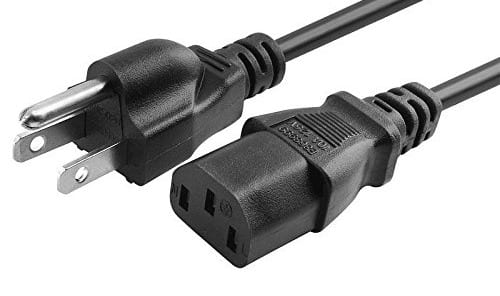
The connector used for computer and peripheral power for decades, this standard AC plug is still used by desktop computers everywhere. Laptops may have taken over as a preferred workstation, but this standard is still critical as long as you’ve got a tower PC. It goes without saying that you’d be wise to have a spare kept somewhere.
USB version 2 A-B cables
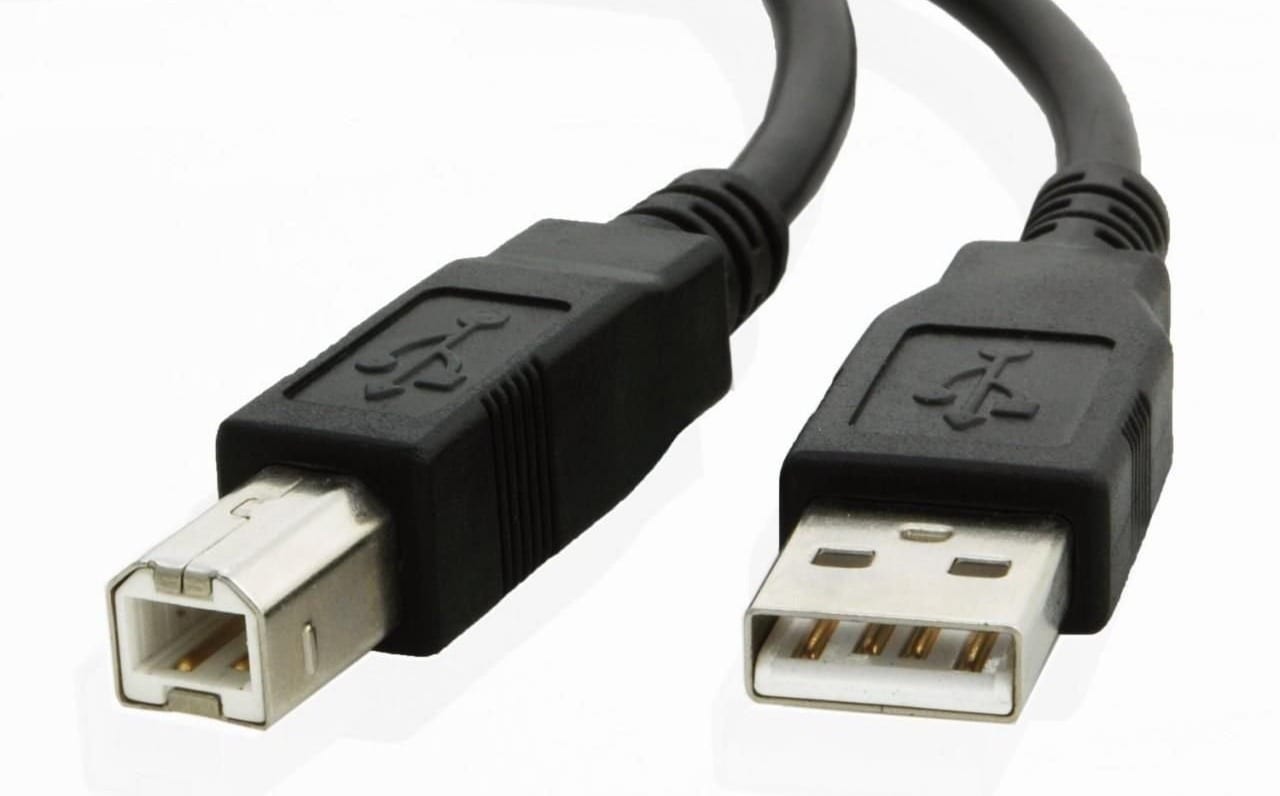
These are the classic USB cables with a “house-shaped” connector on one end and a rectangular, spade-shaped connector on the other. This is commonly utilized in printers, old hard drives, and even some audio devices. Hang on to a couple of these for now, especially when you own the gadgets we’ve just mentioned.
2-Prong Power Cord
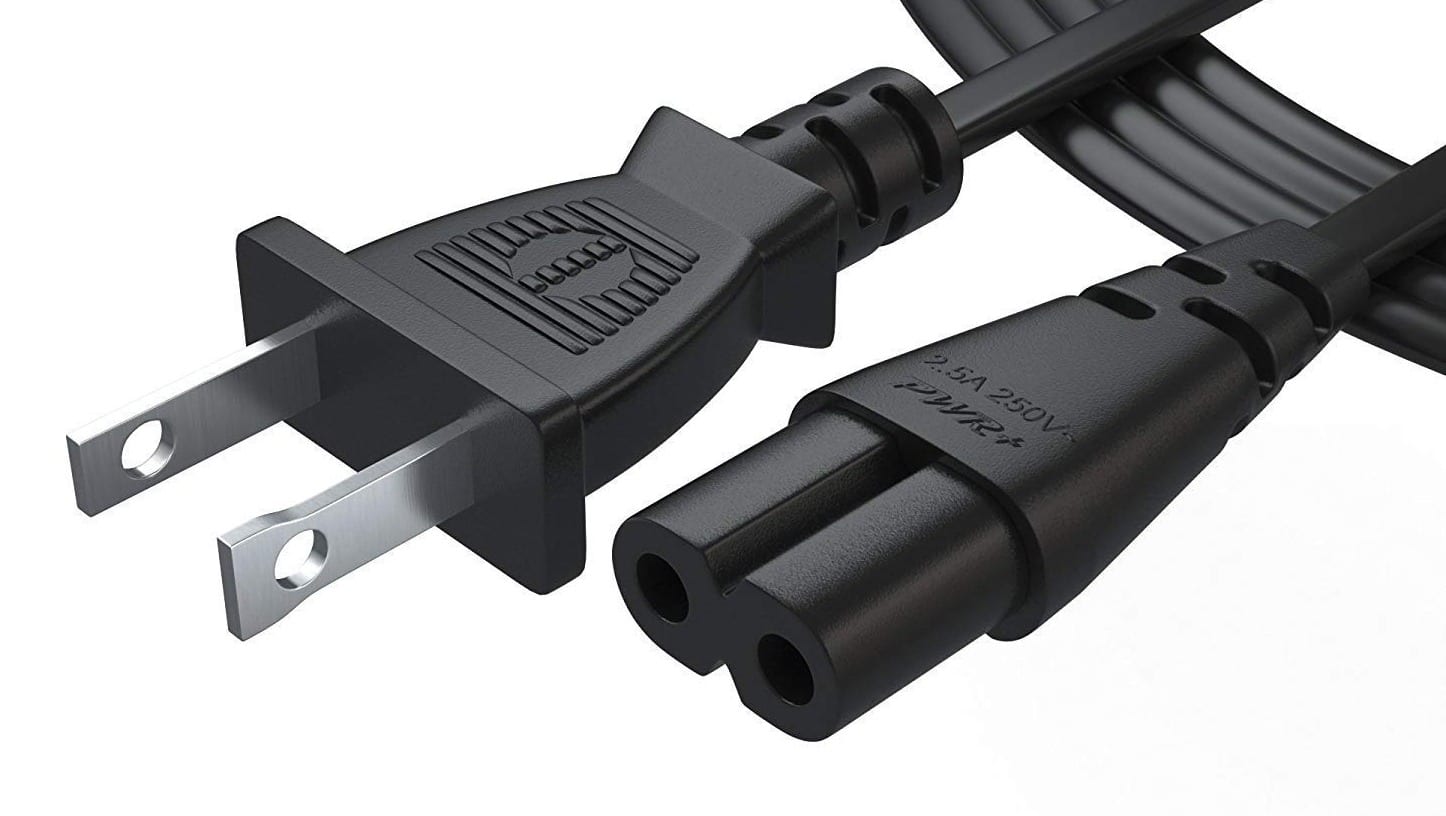
It used to be so easy finding this connected to a lot of different devices in the past. Unfortunately, they’re not as common nowadays. Although camera chargers still use this cable, they’re not the only one. Others like multi-phone chargers use them, too. With that, it certainly wouldn’t hurt having one stored just in case.
Cat 5 and 6 cables
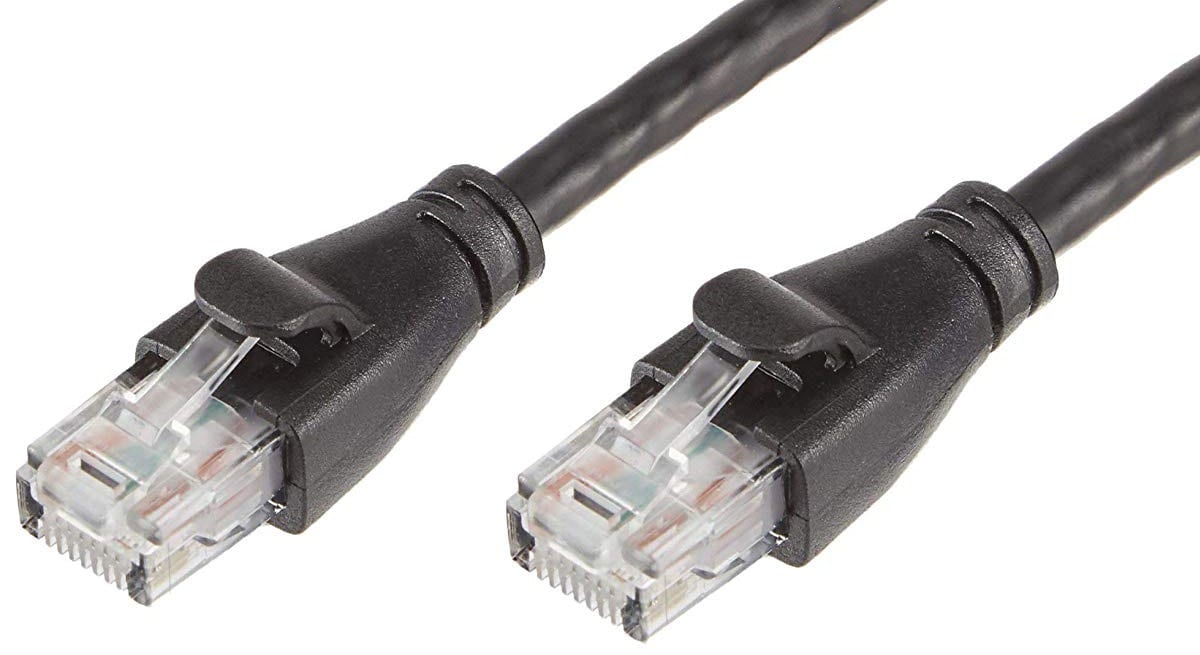
If their names don’t ring a bell, remember these two are the Ethernet cables you plug into your router and computer. If you ask us whether these two should be kep, our answer is a definite “YES”. As it turns out, even the best home printers need Ethernet cables like these.
Old Cables You Can Recycle Safely
DVI cable
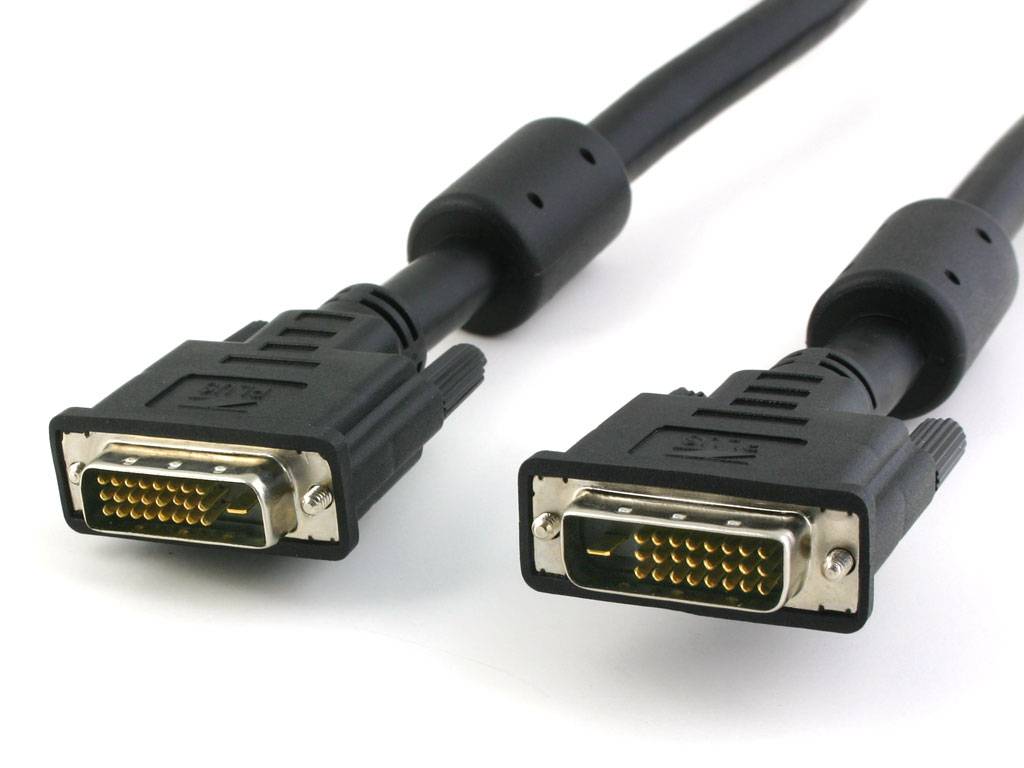
For the most part, widespread incompatibility with various electronic equipment and inferior technology is rendering this cable useless. Most of us are using HDMI on our computer monitors because they are far superior display connectors than DVI. Safe to say, this video-only connector is practically obsolete.
S-Video cable
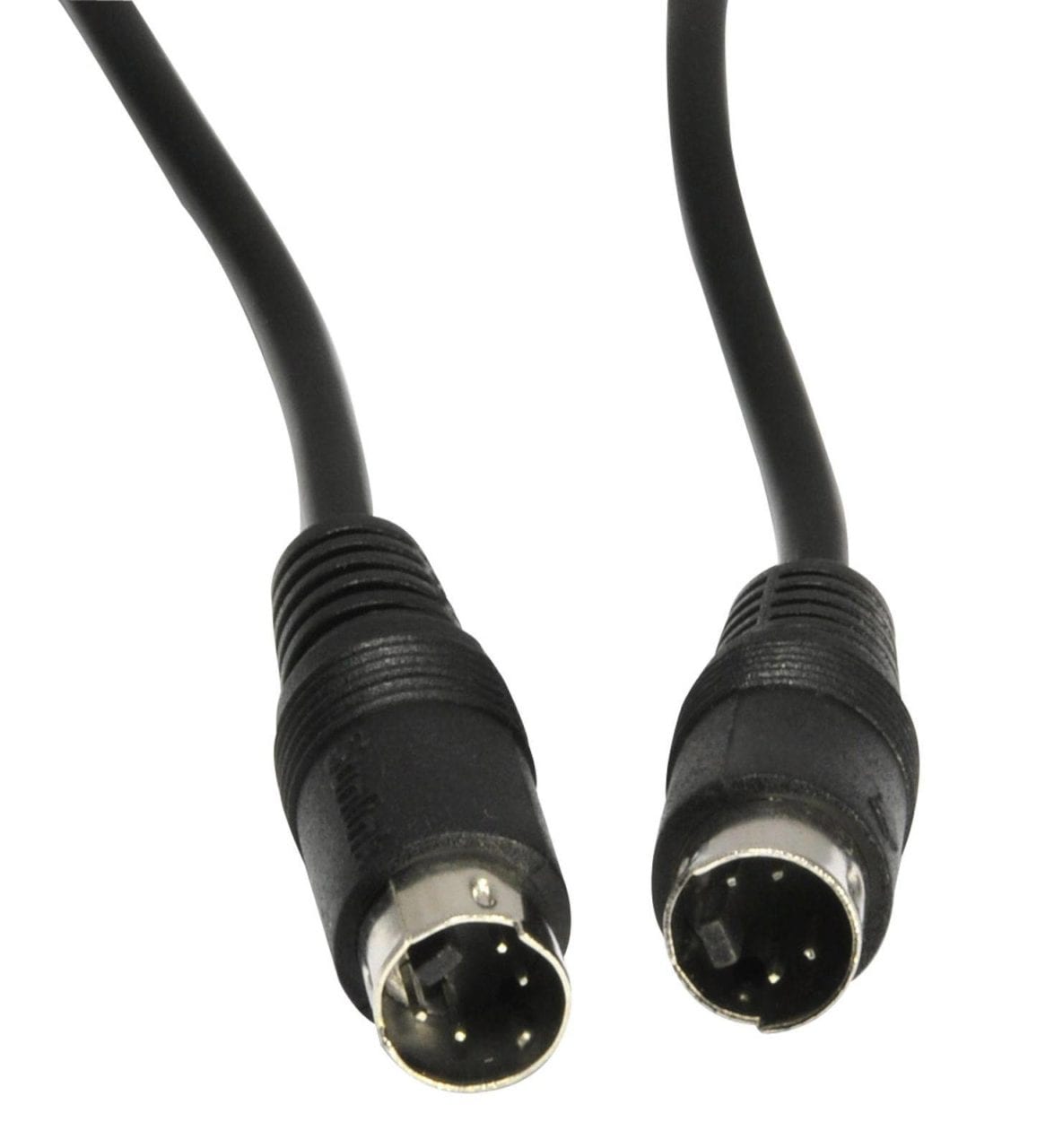
An old analog connector for standard definition videos has no place in a world where high-definition is the norm. Yes, we’re referring to the S-Video cable. There’s a high probability that you don’t have any more equipment that works with this largely obsolete technology.
USB 3 Micro-B cable
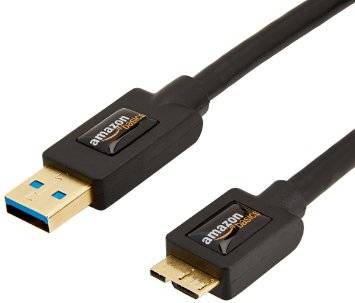
Sure, you see this odd-looking connection in external hard drives and a couple of devices. However, if you don’t own such gadgets, chances are that you’ll find them anything but useful. With the slimmer and versatile USB Type-C rolling out sooner than expected, we won’t be surprised if the USB 3 Micro-B cable will be phased out sooner, as well.
VGA cable
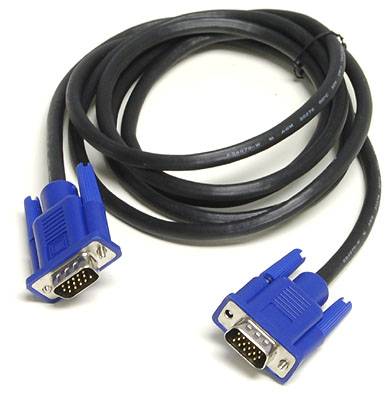
Hang on to it if you still have a working albeit ancient VGA-only monitor. If you don’t have one, there’s no point keeping this around. VGA is already an old analog technology and you won’t find any more devices using it nowadays. Worse, the cable doesn’t work well with the widely used LCD monitors.
It may be high time to untangle that massive ball of old cables tucked inside your cabinet. And when you do, this list can help you determine which cables will have to go and which ones may stay. By separating the wheat from the chaff, you keep your electronic stuff from remaining total eyesores. Besides, who likes clutter, anyway?
